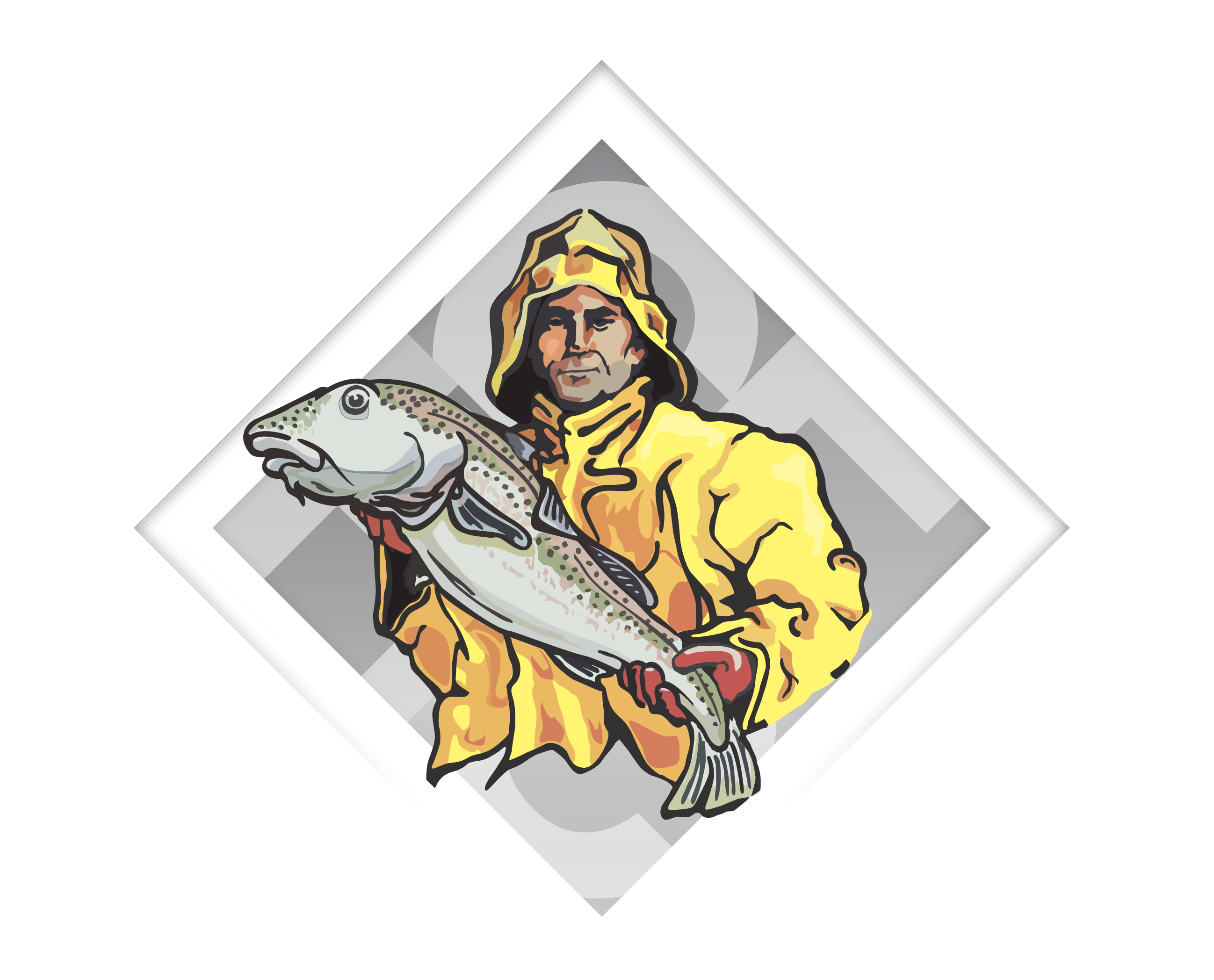King Stephen GY1174
During the First World War, the Skipper of a Grimsby trawler was faced with an impossible decision. He had to choose between the safety of his crew, and that of a German Zeppelin.
King Stephen came across the German zeppelin wrecked and sinking. The skipper, William Martin, had to decide whether to rescue the crew. He decided not to rescue them, fearing the larger German crew would hijack the ship. He sailed towards home to find another vessel to help the German men. Later, the Zeppelin wreckage was found washed up and its crew presumed lost.
William Martin never fully recovered from the incident and never returned to the sea.
Later, King Stephen, was used as a Q Vessel, a secretly armed trawler designed to lure German warships. However, it was captured on its first mission, taken to Germany for the remainder of the war.
Monologue written and performed by Sara Beasley.




